I loved playing video games as a kid, where I’d spend hours playing Pac-Man, Spy Hunter, Asteroids, Galaga, Zelda, Super Mario Brothers, and many others. I was completely enthralled from the very first moment I started playing; the awesome graphics, multi-player mode, various controllers, and always trying to earn enough points – shooting things, collecting coins, eating bits, escaping ghosts – to get through the first level to the next level. And the next level. And the next. The embedded game mechanics kept my interest in the games, and the rewards motivated me to reach the highest level… and the crazy joy of completing it! Woohoo! Happy dance.

Of course, all of this came crashing down when my Mom would abruptly turn off my game and shove me out the door to play outside. And then that became a game… trying to influence my parents to let me play more video games!
Little did I know, but my obsession with video games as a kid would spur my quest to increase engagement in the digital products I designed and deployed as an adult. The key is to understand our human behavior and why we play.
Understanding Why Humans Play
Dr. Stuart Brown is a pioneer in research on play, and he says that games, humor, roughhousing, flirtation, and fantasy are more than just fun. Watch his TED speech in the video below as he discusses his research on play.
Dr. Brown says it all starts as newborns when our mothers hold us for the first time, interacting together in a simple, yet playful manner as a form of communication. And then in our early youth, play is essential to development because it contributes to the cognitive, physical, social, and emotional well-being of children and youth.
Kenneth R. Ginsburg writes in his research on the benefits of play on child development, that “Play allows children to use their creativity while developing their imagination, dexterity, and physical, cognitive, and emotional strength. Play is important to healthy brain development. It is through play that children at a very early age engage and interact in the world around them. Play allows children to create and explore a world they can master, conquering their fears while practicing adult roles, sometimes in conjunction with other children or adult caregivers. As they master their world, play helps children develop new competencies that lead to enhanced confidence and the resiliency they will need to face future challenges. Undirected play allows children to learn how to work in groups, to share, to negotiate, to resolve conflicts, and to learn self-advocacy skills. When play is allowed to be child driven, children practice decision-making skills, move at their own pace, discover their own areas of interest, and ultimately engage fully in the passions they wish to pursue.”
Not only does an abundance of play in childhood create smarter and happier adults, it can also keep us smarter at any age. Recent studies – by ScienceDaily and Helpguide.org – show that play in adulthood can add joy to life, relieve stress, supercharge learning, and connect you to others and the world around you. Play can also make work more productive and pleasurable.

On the flip side, there is plenty of evidence that supports the theory that the suppression of play can lead to not only cognitive decline, but to poor behavior that can influence people to make bad choices.
Play is critical throughout our lives because it helps to develop our intellectual and emotional growth, social awareness and relationship building, and even our physical growth and ability to lead a healthy lifestyle. With that said, think about how much we do – from work to socializing to banking to games – in the digital world (via websites, mobile apps, wearables, etc.). And now imagine the extraordinary impact of incorporating play into these digital products, and how it would transform our digital lives by making it more enjoyable while enhancing learning, relationships, and even our health!
Intro to Gamification
Gamification is how we incorporate play into digital products. Technically, Gamification is defined as the “process of adding games or gamelike elements to non-game activities to encourage participation.” Looking further, the underlying foundation of all games are called “Game Mechanics,” which enable gameplay, or the specific way in which players interact with a game. Think about them as a form of motivation to get you to complete a task in a game.
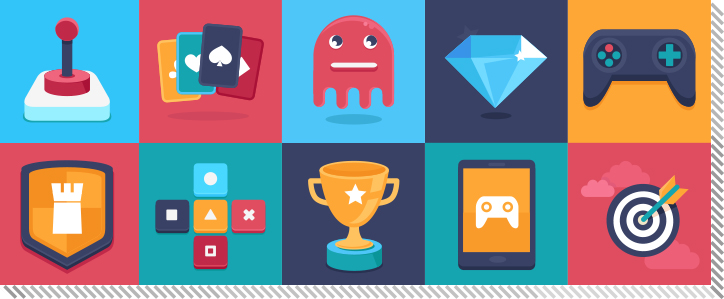
Game Mechanics – Rule based systems or simulations that facilitate and encourage a person – or a group of people – to explore the game environment and learn about their options through the use of feedback mechanisms.
Game Mechanics are a great way to motivate one or more of our human desires (e.g. reward, status, achievement, self expression, competition, and altruism) in order to perform a task. Typical Game Mechanics in game environments are points, levels, challenges, virtual goods, leaderboards, progress bars, gifting, and charity.
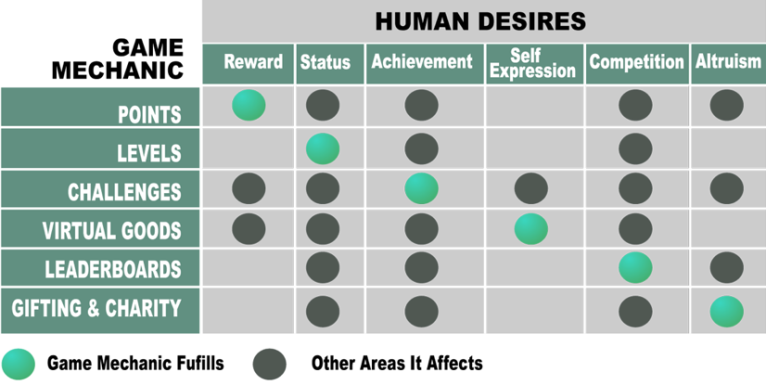
Let’s look at a few real world examples of game mechanics in action. For starters, think about your career, where your salary could be equated to “points” earned as a game mechanic for doing your job – without that incentive you’d probably wouldn’t be working, right? Perhaps your title is another mechanism similar to “levels.”
What about the Boy Scouts of America, where you earn badges to advance through the ranks. Or Weight Watchers use of points for meals?
The growth of Gamification continues to accelerate as major corporations are taking notice and moving heavily into adopting Gamification to transform their business operations, product strategies, marketing, and other areas.
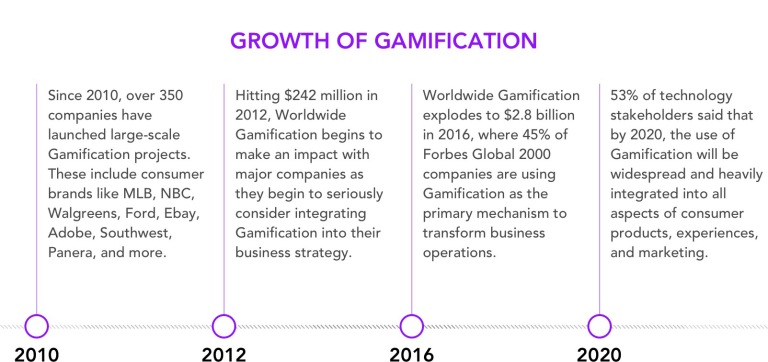
Is Gamification Right for Your Product?
You’ve learned about Gamification and Game Mechanics, but I want to make sure it’s the right fit for your needs before you keep reading, so take our little quiz below to see if Gamification is the best option…
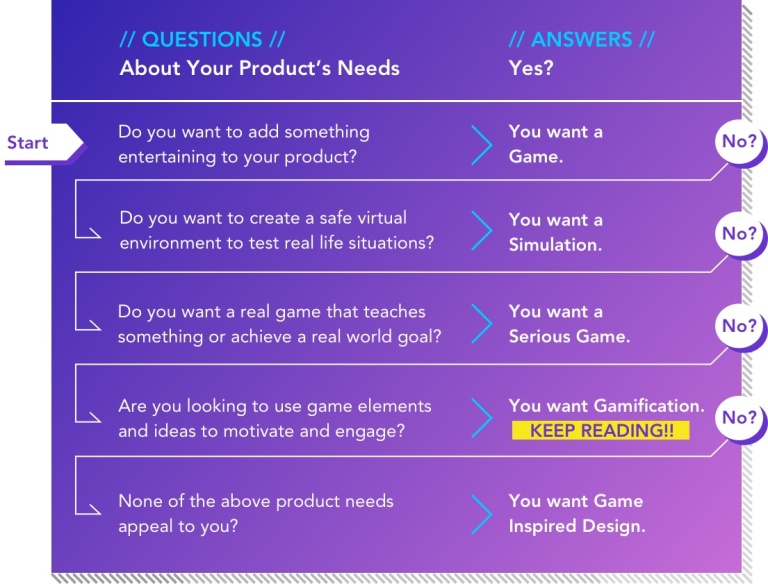
Great, you’re still here! If you’re still intrigued by Gamification and adding play to your digital products, then continue reading Part 2…
Continue to Part 2: Effective Game Mechanics

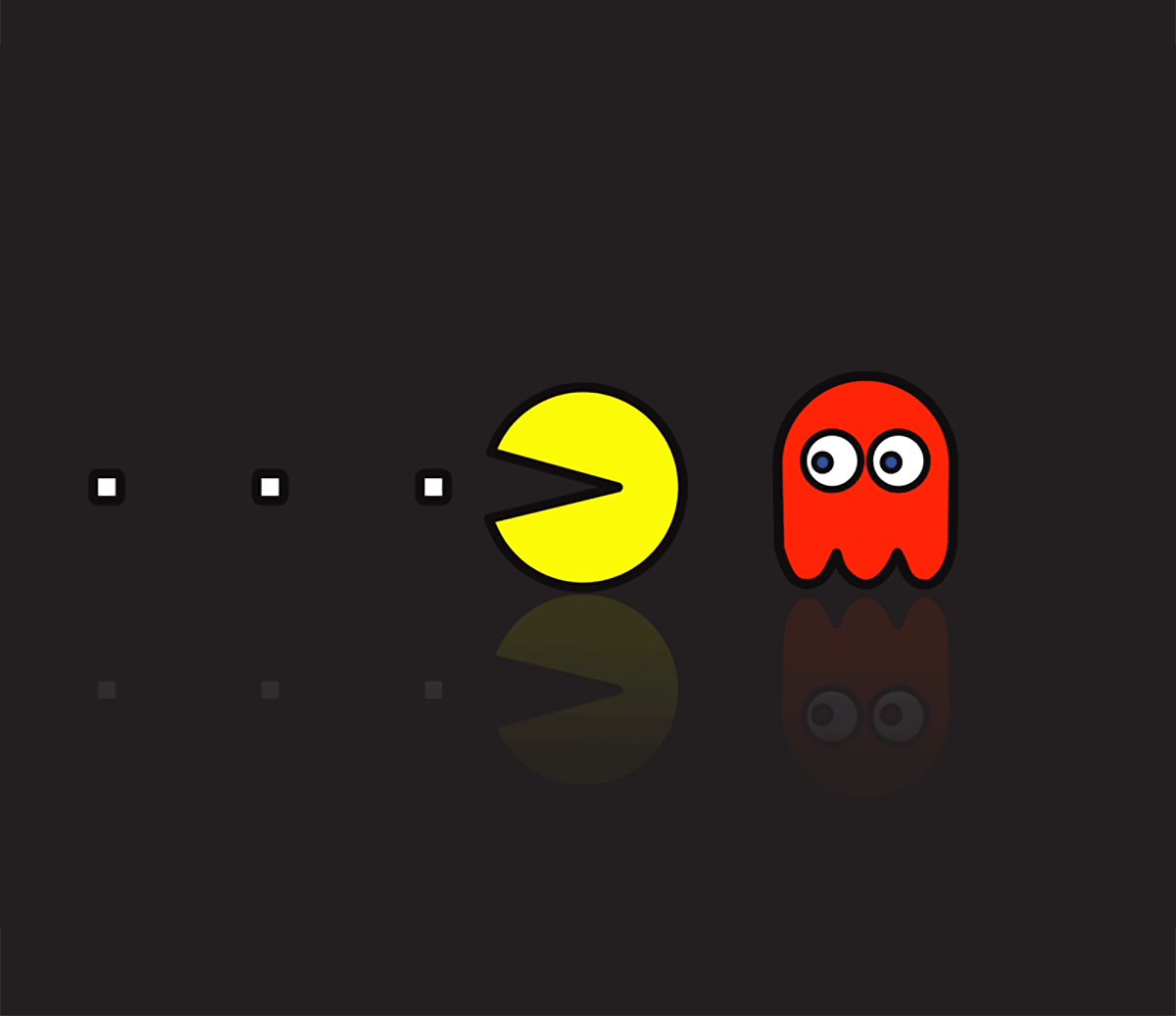
2 thoughts on “How to Influence Human Behavior with Gamification to Promote Play and Increase Engagement (Part 1 of 3)”